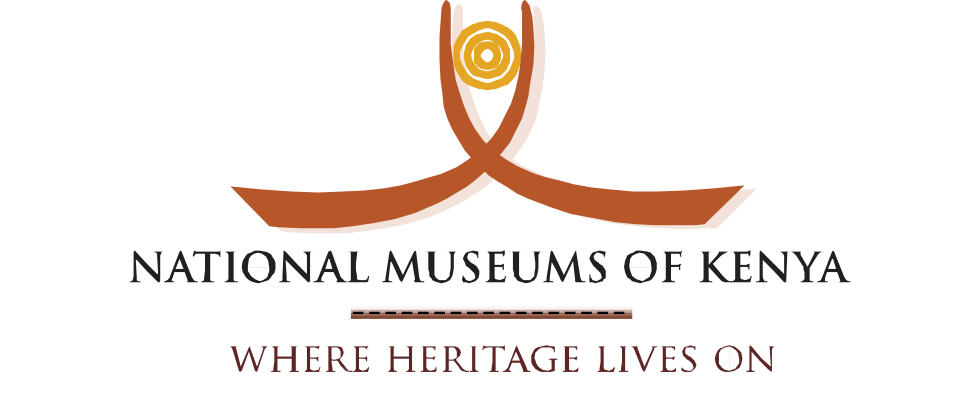The East African Herbarium (EAH) was founded at Amani Institute, Tanzania, as a satellite of the Berlin Dahlen Herbarium, Germany. After the first world war, it became a satellite of the Royal Botanic Gardens, Kew Herbarium. Later, it was administered as part of East African Agriculture and Forestry Research Organization (EAAFRO). The Amani collections were moved to Nairobi in 1950 and merged with the Corydon Memorial Museum (Now National Museums of Kenya) collections at Ainsworth’s Hill (now Museum Hill).
After the collapse of the East African Community in 1977, EA was managed under Agricultural Research Department (now the Kenya Agricultural & Livestock Research Organization) until 1982 when it was adopted by NMK to be a department of Botanical Sciences. Currently, the EAH has the largest Herbarium collection in tropical Africa.
More than a million preserved collections and still collecting
The EAH is a National & regional repository & reference center for Plant and Fungi diversity. Identification of specimens and verification of names is a key function. It is also a comprehensive databank with over 4000 type specimen, ca. 3000 lower plants, 5000 fungi and ca.2000 botanical illustrations. In addition, ca.2200 living plants are displayed at the NBG. These collections have been acquired through various expeditions and collaborative programs over the last 114 years.
Research programmes
The EAH undertakes research in plant taxonomy, conservation & biodiversity assessment
which is key in unveiling species status, natural resource management to inform, EIA, wildlife
and forest management, water management, food security, human and environmental health
in the advent of climate change.
Taxonomic research and herbarium curation
Mycology Unit
The Mycology unit collects and research on fungi, including lichens. Some of the aspects of research include fungi for food to support National food security, fungi for conservation and restoration, fungi for human and environmental health.
Ex Situ Conservation section
The Ex Situ Conservation section has sphere-headed plant seed collection, research and long term seed banking (usually over 500 years) since 1992. The priority has been conservation and propagation of threatened flora.
Information and Documentation
Documentation section provides specimen documentation and library services. Of the million plus specimens, about 200000 have been digitized and the data is crucial in collection gap analysis, and bioinformatics modelling. The EAH library hold over 4000 volumes of book mainly on systematic botany, 185 journal titles approx. 10,000 reprints and about 3000 botanical magazines utilized by national and international students and researchers
Ethno/ Economic Botany
It is the study of the interactions and relationships between plants and people over time and space. These interactions include: Knowledge Systems, Uses of Plants, Ecology, Evolution and Systematics, Landscapes and Global Trends. The importance of Ethnobotany is well espoused in The Kaua‘i Declaration in which it is given prominence as THE SCIENCE OF SURVIVAL. In recent times, ethnobotany as a science has generated many principles that can aid in the response to the growing demands for answers and solutions to complex social or environmental problems
The National Botanic Garden
The Nairobi Botanic Garden maintains a living collection of medicinal, food, rare and threatened plant species displayed in various units such as Succulent Garden and Orchid House. Other functions include management of the plant nursery and landscaping of the gardens. It also undertakes a public education programme in specialized fields such as environmental conservation.
In-situ conservation & Ecology lab section
The section’s mandate is to research on ecological factors that control structure and functions of ecosystems. These include parameters such as organism’s associations, soil characteristics and climate (precipitation, temperature & humidity). Ecology lab offer services for testing soil, plant and water samples for Physio-chemical parameters
Education, dissemination and outreach
Who are our clients Botany department?
Users of the EAH include taxonomist, ecologist, conservationist, students, environmentalists, plant breeders, horticulturists, pharmaceuticals prospectors, veterinaries, forensic investigators and palaeontologists
CONTACTS
The Botanist—in – charge
EA Herbarium,
P.O.BOX 45166—00100
Nairobi, Kenya
Email: botany@museums.or.ke
Tel: 254-20-3842131-4,
Ext:2274/ 2205/ 2239/ 2286
